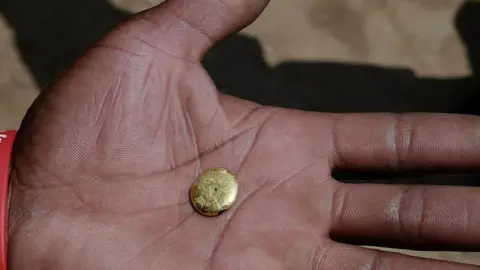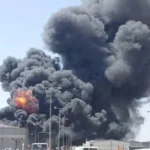In the shadows of South Africa’s sprawling illegal mining operations, a dark and often overlooked crisis persists—child sexual abuse. While illegal mining, known locally as “zamazama,” generates billions of rand annually, it also breeds a myriad of social ills, including exploitation and abuse of vulnerable children. Recent investigations and reports have begun shedding light on this grave issue, revealing a disturbing pattern that demands urgent attention.
The Context of Illegal Mining in South Africa
South Africa’s illegal mining sector is a complex and entrenched problem. Driven by economic disparity, unemployment, and poverty, many families and children are drawn into these clandestine operations. Illegal miners, or “zama zamas,” often operate in dangerous conditions, with limited oversight and regulation. This unregulated environment creates fertile ground for various forms of exploitation, including child abuse.
Evidence of Child Sexual Abuse Uncovered
Multiple sources, including human rights organizations, government agencies, and investigative journalism, have documented cases of child sexual abuse linked to illegal mining sites. In 2022, a report by the South African Human Rights Commission (SAHRC) highlighted concerns about the exploitation of minors in these areas. The report cited testimonies from victims and community members describing instances where children as young as 12 were coerced or forced into sexual activities.
One of the most alarming aspects of this issue is the involvement of both adults and minors in transactional sex, often driven by poverty and the lure of quick money. Children working at or near mining sites are particularly vulnerable due to their limited understanding of rights and the power dynamics at play. They are often preyed upon by adult miners and, in some cases, by criminal syndicates operating within these illegal sites.
Cases and Investigations
In 2021, a joint operation by South African police and the Department of Social Development uncovered a network of illegal mining camps where minors were subjected to abuse. Several victims reported being assaulted, raped, or coerced into sexual acts. The investigations revealed that some children were exploited for sex in exchange for food, money, or protection within the mining communities.
Additionally, NGOs such as the Child Rescue Fund have documented cases of girls and boys being trafficked into illegal mines, with some forced into sex work to sustain the illicit operations. These reports underscore the vulnerability of children who are often hidden from mainstream society, making detection and intervention challenging.
Challenges in Addressing the Problem
Several factors hinder efforts to combat child sexual abuse in illegal mines. The clandestine nature of these operations makes it difficult for authorities to monitor and intervene. Corruption and limited resources further complicate enforcement. Fear of retaliation and stigma also discourage victims and witnesses from coming forward.
Moreover, the socio-economic conditions that drive children into these environments—poverty, lack of education, and familial neglect—must be addressed to prevent exploitation in the first place.
Calls for Action and Solutions
Recognizing the gravity of the issue, government agencies, NGOs, and community organizations are calling for comprehensive strategies. These include increased patrols and surveillance of illegal mining sites, community awareness campaigns, and strengthened legal frameworks to prosecute perpetrators.
Additionally, there is a critical need for social support systems—counseling, education, and rehabilitation programs—to aid victims and prevent re-victimization. Addressing the root causes, such as poverty and lack of access to education, is essential for long-term change.
Conclusion
The uncovering of child sexual abuse within South Africa’s illegal mines exposes a heartbreaking reality that demands immediate action. While the illegal mining sector continues to operate largely in secrecy, the voices of victims and the mounting evidence highlight the urgency of protecting vulnerable children. Combating this hidden crisis requires concerted efforts from government, civil society, and communities to ensure that the scars of exploitation do not define the future of South Africa’s youth. Only through awareness, accountability, and compassionate intervention can progress be made toward safeguarding children from the shadows of illegal mining.
Email Us on editorial@nnafrica.com













